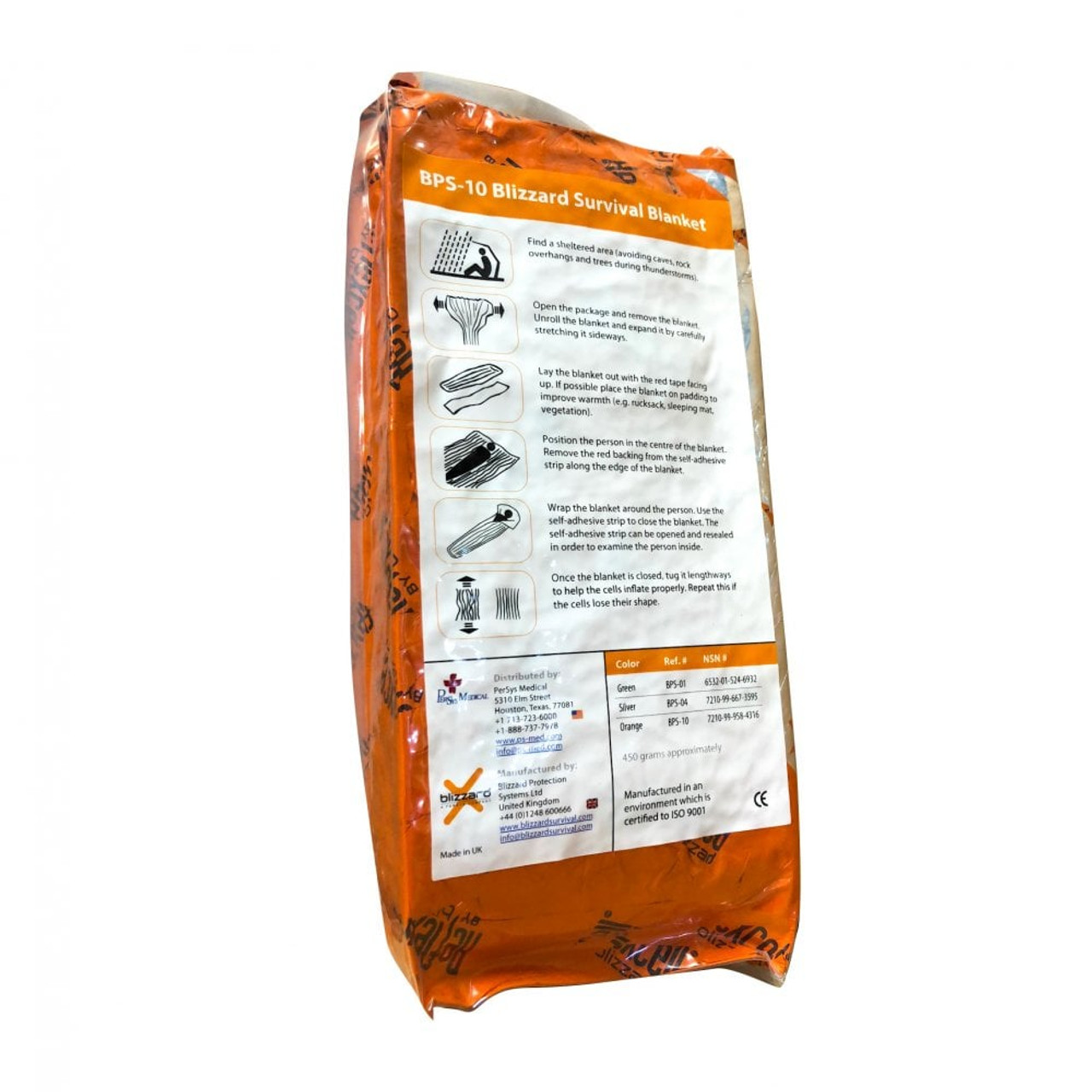Chilling Reality: Hypothermia and Casualties
Posted by DS Medical on 23rd Nov 2023
Introduction:
As winter descends upon us, it brings with it a chilling reality: the increased risk of hypothermia and its potentially fatal consequences, especially for casualties exposed to the cold. Hypothermia, a condition where the body loses heat faster than it can produce it, poses a significant threat in cold weather emergencies. In this article, we explore the chilling reality of hypothermia in casualties, its causes, symptoms, and the importance of timely intervention.
| Casualties and Hypothermia: Casualties, including accident victims, hikers, or those caught in natural disasters, are at high risk of developing hypothermia, especially if they are injured, wet, or stranded without adequate shelter. In emergencies, casualties might be unable to address their own warmth and survival needs, making them particularly susceptible to this life-threatening condition. |
Timely Intervention:
- Provide Shelter: If possible, move the casualty to a sheltered area to protect them from wind and moisture.
- Remove Wet Clothing: Wet clothes accelerate heat loss. Gently remove wet garments and replace them with dry, warm clothing or blankets.
- Insulate from the Ground: Place the casualty on a dry, insulated surface to minimize heat loss from contact with the cold ground.
- Warmth and Warm Drinks: Use blankets and warm, non-alcoholic beverages to help raise the casualty's body temperature gradually.
Conclusion:
The chilling reality of hypothermia in casualties cannot be underestimated. Understanding the signs, being aware of vulnerable situations, and knowing how to provide immediate, appropriate assistance can be the difference between life and death.
Products:




